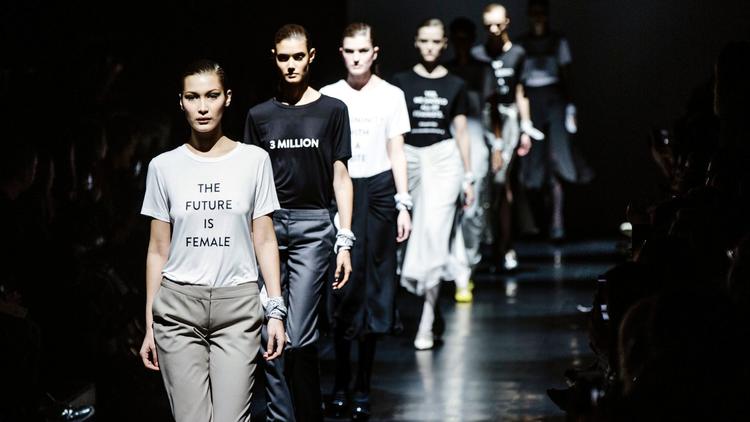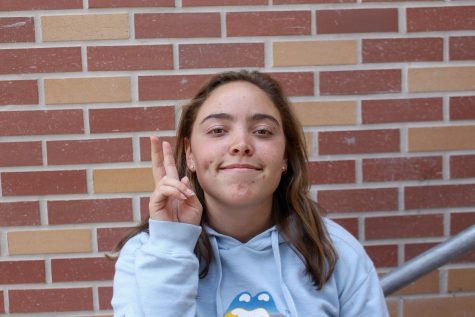From New York to London and Milan to Paris, Fashion Week 2017 is well underway across the globe.
Traditionally, Fashion Week presents only the most luxurious designers exclusively to the eyes of highbrow fashion editors: a process well out of reach from the general masses.
One who seeks a coveted ticket to the posh catwalk shows must apply for accreditation. According to Fashion Week Online, several thousand people apply, but only a small percentage of applicants are accepted into the shows.
However, the fashion industry is changing; with the rise of social media, consumers are invited to participate in the fashion industry despite the traditionally exclusive runways.
Originally, the shows were previews of collections that would reach stores six months later, named after the season to come. For example, February would show “fall collections,” while September would show “spring collections.”
With the changing interface occurring during Fashion Week, consumers want to instantly buy items they see on the runway, resulting in the rising trend of “in-season collections” on the catwalk.
The era of social media grants designers an array of platforms to express their messages and visions without the need of a catwalk, making runway shows seem obsolete.
Fashion journalist Kate Betts noted that although these were no longer the only method to reach an audience, these runways remain vital to some.
“There’s a lot of change going on in the fashion business, probably more behind the scenes than actually presenting on the runway. And so there are a lot of brands and designers who do still need the runway to get the message out,” said Betts.
“Calvin Klein, a huge, $8 billion business, has a brand-new designer that everybody’s excited about — Raf Simons. They need to do a runway show.”
Streaming and other means of real-time sharing legitimizes Fashion Week as an even greater opportunity to make a statement and impact the public.
Some designers took a political stance during recent runways, such as Prabal Gurung, who closed his show with a series of T-shirts displaying messages such as “I Am An Immigrant” and “Revolution Has No Borders.”
Fashion Week has become increasingly inclusive as more diversity has been cast in the runway shows. During the New York Fashion Week Feb. 9-17, Kanye West cast the hijab-wearing model Halima Aden in his collection “Yeezy,” and Nigerian designer Maki Oh filled her presentation entirely with women of color.
Fashion is a comic world oozing with eccentricity cherished by some and abhorred by others. While it is the fashion editor’s job to filter trends for the consumer, the broken-down barriers between designer and consumer enable the runway to act as a platform for messages beyond the mere scope of clothing.


